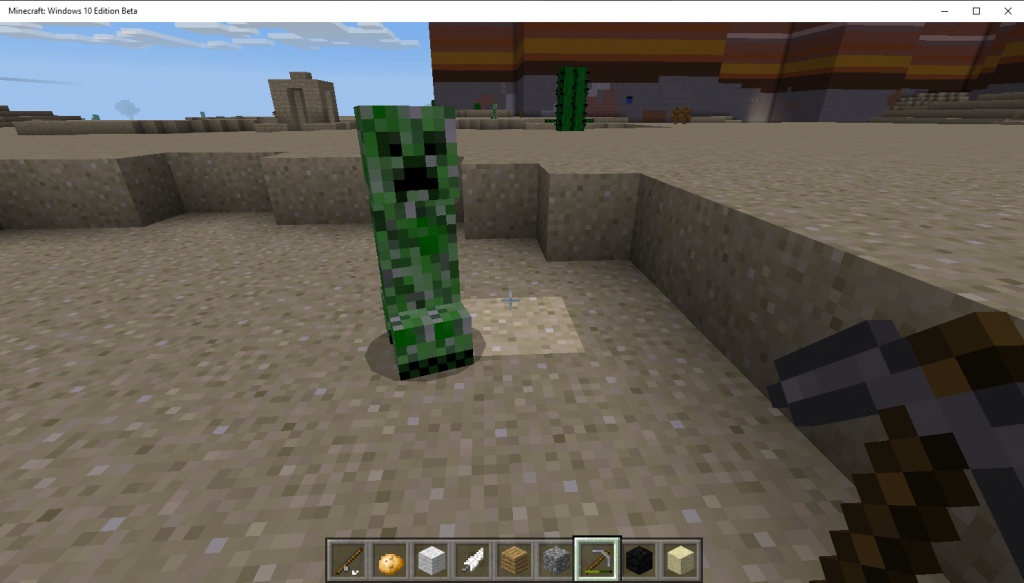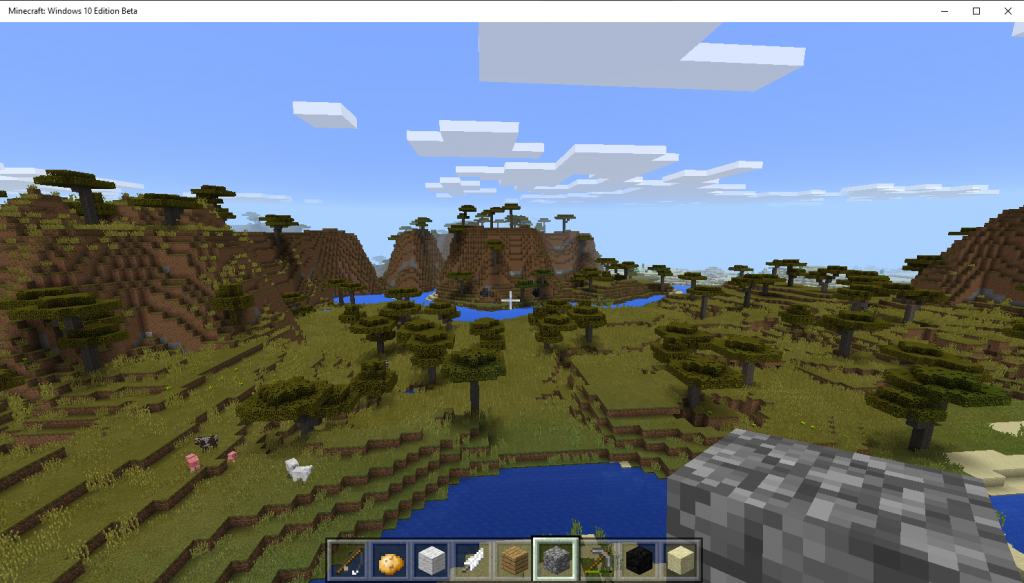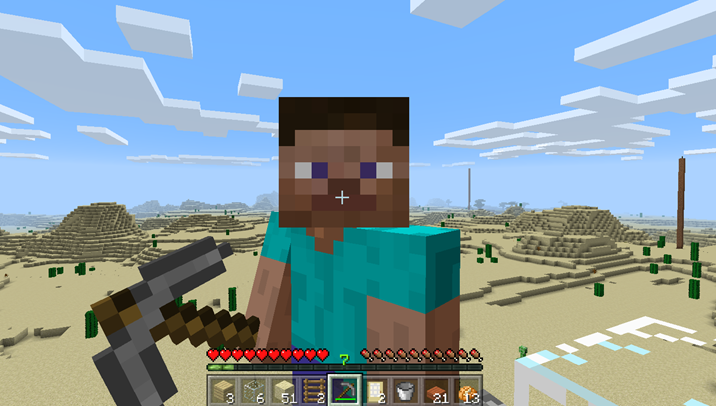Microsoft Dynamics as Minecraft
The latest sensation to hit my family has been Minecraft. My daughter and I like to create our own worlds, craft tools, and battle hostile mobs together. And the fun doesn’t stop there, beyond the boundaries of the game we’ve expanded our horizons by checking out the Minecraft Hour of Code lessons, historical buildings virtually recreated in Minecraft, and watching Stampy cat videos together.
The beautiful thing about Minecraft is that as you progress in the game, layers of new complexity and utility unfold. From the thrill of simply surviving the first night hiding from zombies in a cramped dugout bunker, to more advanced adventures like crafting an Obsidian portal and visiting the Nether – the thing that becomes clear is that within this platform there are lots of opportunities for personalization.
Now, the question you may have is, this all sounds great, but how does any of it relate to the world of Microsoft Dynamics?
And until recently, I also didn’t think there was any correlation.
I’m part of the team that produces Dynamics web sites around the world (all the way from Japan to Italy), and we spend a lot of time listening to our customers. One of the simplest and most effective ways we do this is to simply ask them what they think about our work.
The feedback we usually get when we ask this question tends to be pretty specific and usually focused on a single tactical improvement. But what caught my attention this past month was this really special submission we received. It not only was a creative look at our solutions, but it was perfectly tied into the world of Minecraft I love.
Here’s how one enlightened customer answered the question, ‘What is Dynamics?’
The Dynamics family as a platform is like Creative Mode in Minecraft. (like that plug Microsoft? 🙂 Each of the Dynamics applications is a roughly configured biome which a skilled Partner who has the opportunity to stroll through with a bottomless bag of resources, building one-of-a-kind, unique structures and contraptions block by block, with no limit to the possibilities but the individual creator’s ability to dream.
For those less able to see a perfect system in a pile of raw components clearly enough to create it, the bag conveniently includes a number of commonly used complex items and machines, ready to drop into place or chain together as needed to create a fully functional environment, customized to suit the builders' desire.
Through it all, whether precisely laid and finely tuned or cobbled together and tweaked here and there to link up, there is the power of redstone acting to animate the creations and bring life to things that once only moved when a user moved them. Tools that before might only have allowed a person to move more with their strength are now given the ability to move things of their own accord, entirely redefining the concept of how things should be moved, one block at a time.
What a great comparison, and clever way to explain Minecraft!
And for those of you who are not familiar with Minecraft, here are some additional thoughts into the terrific observations this customer made.
Creative mode. In Minecraft there are two different ways of playing the game, in survival or creative mode. In survival, you are doing just that – avoiding bad guys (mobs), making sure you stay well-fed, and avoiding ‘respawning’ incidents. However, in creative mode those worries are taken away – you have limitless resources, you are invincible to damage, and you can fly. The beauty of creative mode is that it lets you focus on bringing your creative ideas to life. This is a bit like Microsoft Dynamics, we take care of the compatibility, security, and ease of use issues for you with our foundational platform so you can focus on the end result – deploying the ideal solution you envision without those troublesome survival concerns.
You don’t worry me, I’ve got Microsoft Dynamics.
Biomes. In Minecraft different biomes are different environments in the game where you can explore, build, or pretty much hang around out and decorate your world with posters. These Minecraft biomes reflect the natural diversity of the real world through deserts, mountains, oceans, grasslands, and jungle biomes. In the world of Microsoft Dynamics these biomes would be all of our solutions – Microsoft Dynamics CRM, AX, Social Listening, NAV, Marketing, etc… And similar to Minecraft’s biomes, these Dynamics ‘biomes’ can be interconnected, customized or pretty much left to run without much configuration at all.
The Microsoft Dynamics NAV biome?
Builder and tools. In Minecraft, our hero builder is the intrepid Steve. This is the blocky character you control who mines and crafts his way through the game to assemble the perfect environment for your liking. In the world of Microsoft Dynamics, our equally intrepid partners are the masters of the development environment. And Steve is also customizable, just like many of our partners can find and assign the right partner team member to the right job. And the ‘craft’ in Minecraft is all about tools, whether it’s a shovel, pickax, or fishing rod. In Dynamics it can be the ability to enable a solution by building one through developer tools, adding on pre-built apps, or onboarding a pre-configured solution.
Is Minecraft’s Steve a Microsoft partner with a Dynamics job to do?
Redstone. This is the subtle, yet crazily powerful building element that really brings imagination to life. In Minecraft you can use it to as an activator to spring traps, open doors, or even build giant calculators. In Microsoft Dynamics, you can say our ‘Redstone’ is our connections into other Microsoft solutions. Tying into Office 365 adds new productivity capabilities, while integrating with Azure brings computing and hosting solutions, and using Power BI can provide amazing business insights.
Opening up new doors with dynamic connections!
To wrap things up, I wanted to send a big thank you to the customer who sent us this comment. It was a lot of fun making these comparisons to Minecraft. And if anyone else has any other great analogies to Dynamics (‘Microsoft Dynamics as Halo’ perhaps?) that they’d like to share – I’m all ears.






